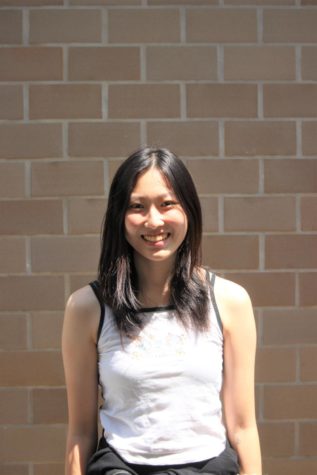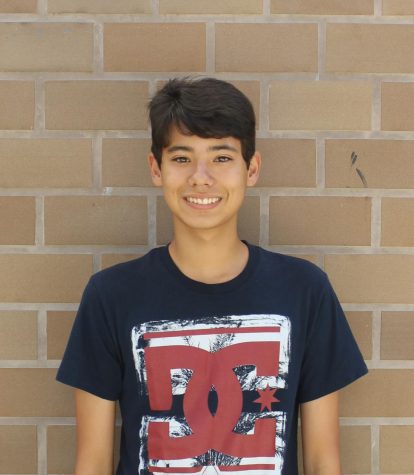Printing to speaking: Spreading awareness about Dyslexia Awareness Month
November 15, 2019
Many people across the world, including the DVHS librarians, took part in Dyslexia Awareness Month in October to promote inclusivity with reading and spread awareness about dyslexia.
For some of these people, this becomes a personal matter. Rachel Hurd, president of the school board and active member and parent of the Parent-Teacher Association (PTA), has taken many steps to support people with disabilities, including founding the Special Needs Committee in 2001. What many might not know, however, is that this passion stems from her personal experience as a parent that led her to advocate strongly for this issue.
“I have three kids; they’re grown up … the oldest and the youngest definitely had characteristics of dyslexia. We never actually formally had [them] diagnosed, but if you dig into their special ed assessments from when they were little, they clearly showed the hallmark signs of it. So I’ve always just said they had dyslexia because it was clear as a bell,” Hurd said.
Through these personal experiences, Hurd understands firsthand what it feels like to attempt to help children with dyslexia.
“It was personal as a parent, in the quest for getting them the services that they need. We never went [with] the legal, push the envelope kind of approach and we always worked with the school. But there was a huge learning curve in there, even just that between the oldest and the youngest because they’re six years apart.”
Through her positions in the PTA, Hurd was able to see many bills and policies being passed to help to improve the education system for students with dyslexia. One of these includes a piece of legislation called “Decoding Dyslexia.”
“[This] zeroed in on the core deficit of dyslexia … to create guidelines for the state of California. But they weren’t mandatory guidelines. They were advisory. And so after the bill passed for Decoding Dyslexia, we worked really hard at making school districts aware of the guidelines,” she stated.
Many schools were very open to this, including Dougherty. The DVHS library recently made a display promoting Dyslexia Awareness Month, with information about famous people with dyslexia as well a show a dyslexic person might see some words. The library has chosen to take part in this month to break down barriers within the school.
“At our core, libraries are institutions of inclusivity. We do whatever we can to make books accessible to kids,” librarian Kerri Knapp said.
One of the main reasons that schools don’t implement these guidelines is because many people believe in myths that create false stigmas around dyslexia, which Hurd says she wants to debunk.
“Dyslexia is not a visual processing problem and that is often misunderstood. That’s one of the myths we always want to keep up … dyslexia is a problem with decoding and word recognition. It’s becoming a fluent and automatic reader that is really the crux of it.”
Hurd also explained what exactly caused this from a more scientific viewpoint.
“The root cause of this is based on a chronological order analysis. That’s the piece where you map the phonology into memory. And that’s the part that’s kind of newer to being understood. And that’s what you need to become [an] accurate, fluent reader so that your brain can then pay attention to the meaning,” she said.
Yet Hurd believes that not enough people know about dyslexia throughout the school district, which can be accredited to the fact that it is a disability that can’t always be seen. Because of this, Hurd has many more plans for the future to increase awareness and improve.
“I want to see it through. I would love to see San Ramon Valley be the premier district in California of addressing early reading, not just for kids that you would deem dyslexic but for all kids,” she stated.


